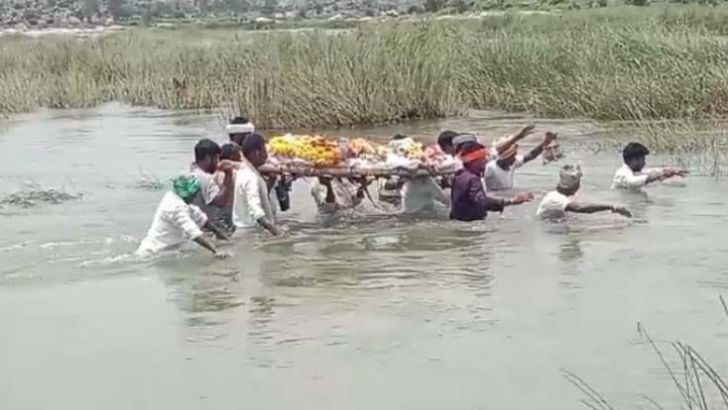Karaga: A City festival unifying Hindus & Muslims for 800 yrs
Procession has a stopover at the tomb of the 18th-century Muslim Saint Hazarath Tawakkal Mastan Shah in Cottonpet
-
Karaga procession inside a mosque in Cottonpete. Photo: Salar
Bengaluru, 22 April
For over 800 years, Karaga festival in Bengaluru has stood
as a testament to unity amid diversity, embodying the harmonious coexistence of
Hindu and Muslim communities.
“One of the traditions reflecting religious harmony and has
transcended generations is undertaking a pilgrimage to the tomb of the
18th-century Muslim Saint, Hazarath Tawakkal Mastan Shah, in Cottonpete,” said
Balakrishna Kshatriya, Head of Tigalara
community, which leads the rituals at the festival, attended by people of all
religions. Gnanendra, head priest, shared with Salar News the incident Mastan,
who was injured while trying to catch a glimpse of the procession. The temple
priest applied turmeric to Mastan's wounds, and thereafter the procession
halted at his dargah. Ganachari said, “I continue to honour this tradition by
offering namaz at the mosque, then dancing around the dargah,” he said.
Just a day before adorning the traditional yellow saree,
jewellery and makeup for the grand occasion (Draupadi Devi Karaga) on 24 April,
Gnanendra, also known as Ganachari, is gearing up to carry on the weight of
tradition, an ornamental headgear. Having shouldered this responsibility for
over two decades, he embodies the essence of Karaga Kartha, the carrier of the
sacred emblem.
The Karaga tradition is performed by Vahnikula Kshatriya or
Tigalare community. The festivities begin at Dharmaraya Swamy Temple, Tigalare
Pete, after dusk and continue into the early hours under the light of the full
moon. The main priest transforms into Draupadi, wearing female attire as he
leads the procession. Accompanied by the swordplay of Veerkumars, he carries a
Kalasha (crown) adorned with jasmine flowers on his head. Veerkumars are
believed to be the sons of Draupadi and
they are tasked to perform rituals before Gnanendra goes to a place.
From priest to goddess
The midnight festival of Karaga begins a week earlier with
Karga procession, featuring a hundred young men known as Veerakumaras or
'hero-youths'. Leading up to the festival, these youths adhere to all the rules
set by the Ganachari.
On the seventh night of the festival, “when Ganachari takes
a holy bath at the Sampangi Lake we will join him with the rhythmic beats of
drums,” Sagar Kshatriya, 25-year-old IT employee who is a Veerakumar, told
Salar News.
Draped in a saree and adorned with black bangles, jewellery,
and a weighty jasmine headdress, the priest becomes Draupadi herself. The
seventh day, known as 'Hasi Karaga', signifies the culmination of the goddess's
energy. During the procession, accompanied by Veerakumaras, the Ganachari holds
the jasmine crown on his waist and dances his way to Dharmaraya temple.
Ganachari and Karga Kartha
Ganachari must belong to Tigalara community. The Tigalaras
are martial men and are famous for their fine physique. This community was
sought after in the armies of Vijayanagar empires.
Former Ganachari Shreekanta Kshatriya said rigorous
preparations are undertaken before the festival to instil discipline and
strength for the Ganachari who carries the Karaga. “Six months prior, we adhere
to a strict diet, abstaining from meat and onions while consuming only
vegetarian food,” Ganendra said.
As the nine-day festival commences, Ganachari embarks on his journey, leaving his home to take shelter on the roof of Dharmaraya temple. Simultaneously, a ritual unfolds at his home: “The Ganachari’s wife symbolically assumes the role of a widow. She breaks her bangles, removes her mangalsutra and kumkum, and dons the attire of a widow, signifying her separation from her husband for the duration of the festival,” the temple priest said.
Security beefed up
BBMP Commissioner Tushar Girinath
said the officials have filled up potholes, repaired street lights and cleaned
the roads and adjoining drains. Stringent security measures, including the
deployment of 3,000 police personnel and the installation of 25,000 CCTVs, have
been put in place in the vicinity of Sri Dharmaraya Swamy Temple.
The procession will start around 2am and continue till 10am the following day. The procession will start from Cubbonpete and cover significant landmarks such as Raja Market Circle, KR Market, Anjaneya Temple and Ganesha Temple, before visiting the Mastan Saheb Dargah and returning to Dharmaraya temple via Annamma Temple. -Salar News—Salar News
Leave a Reply
Your email address will not be published. Required fields are marked *








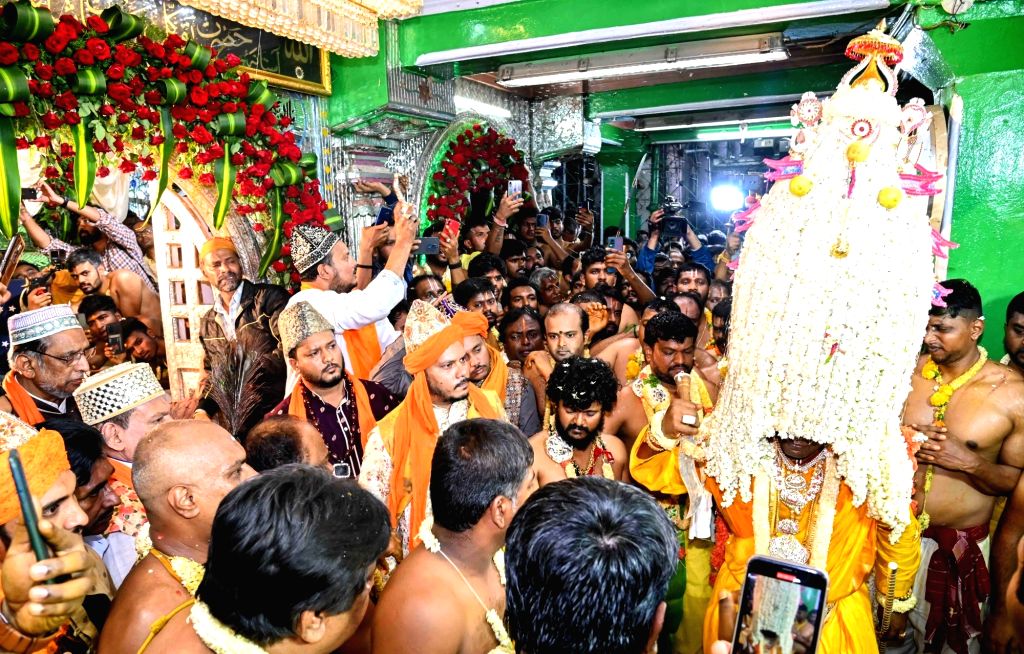

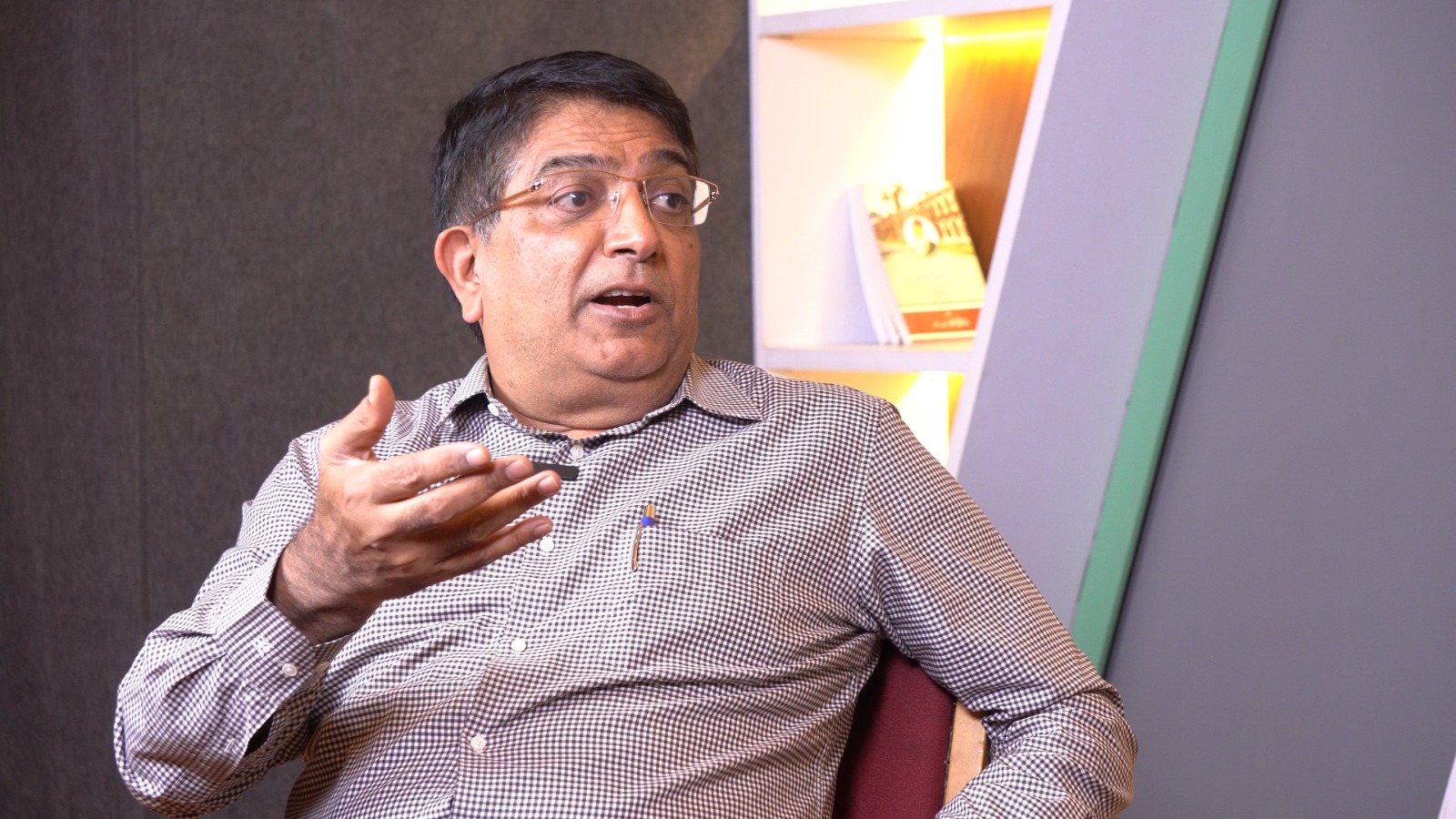
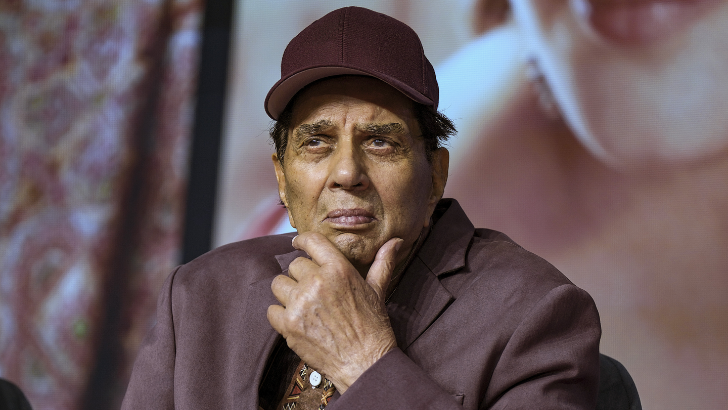
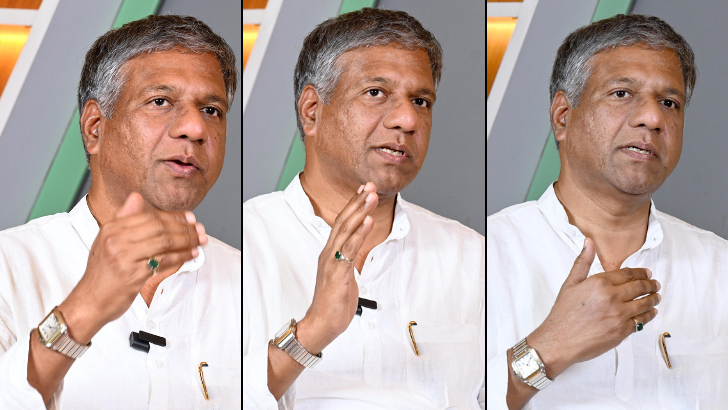
.png)
.png)
.png)
.png)
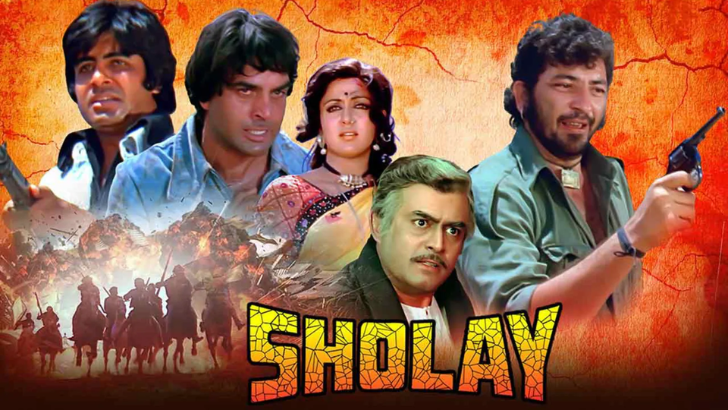
.jpg)
